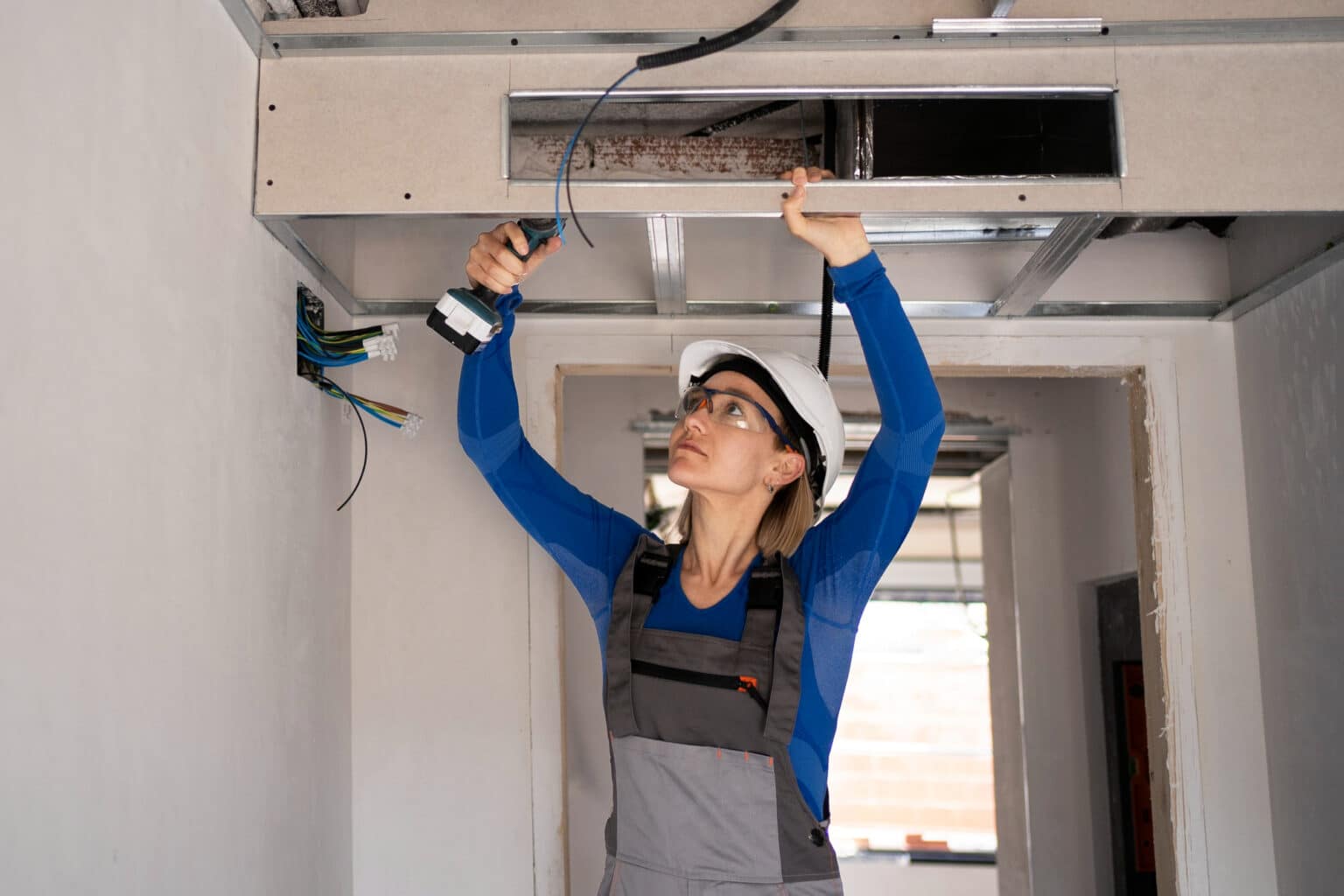A Notice of Intent to Lien is a formal warning sent to property owners and general contractors that a mechanic’s lien may be filed if payment for work or materials is not received. This critical document, also known as a pre-lien notice, is often the first step in how to file a lien for unpaid work in Texas.
The notice serves as a powerful tool for subcontractors, material suppliers, and design professionals to protect their payment rights on private commercial construction projects. It alerts the relevant parties that non-payment could result in a lien being filed against the property, which often prompts swift action to resolve the payment issue.
In Texas, the requirements for sending a Notice of Intent to File a Lien are specific and must be followed precisely to preserve your right to file a mechanics lien. Here’s what you need to know:
Who Must Send a Notice of Intent to File a Lien?
Subcontractors, sub-subcontractors, materials suppliers, design professionals, equipment lessors, or anyone who did not contract directly with the property owner or general contractor must send a pre-lien notice. General contractors or those working directly with the property owner typically don’t need to send this notice before filing a mechanic’s lien.
When Should the Notice Be Sent?
Timing is crucial when sending a Notice of Intent to File a Lien:
- You must first invoice for the work performed. This must be done by the 15th day of the second month after the work is completed.
- For 1st tier subcontractors and suppliers (those working directly for the general contractor), the notice must be sent by the 15th day of the third month after the work was performed.
- For 2nd tier contractors (those working for a subcontractor), the deadline is one month earlier.
- In Texas, you must send a separate notice for each month you’re not paid to maintain your right to file a lien for that month’s work.
Understanding these deadlines is crucial, but it’s equally important to recognize the potential consequences of missing them. If you fail to send the Notice of Intent to File a Lien within the specified timeframe, you may lose your right to file a mechanic’s lien altogether. This could significantly weaken your position in recovering payment for your work or materials.
To avoid missing these critical deadlines, consider implementing the following strategies:
- Set up a robust tracking system for all projects, including start dates, completion dates, and payment due dates.
- Use calendar reminders or project management software to alert you well in advance of approaching deadlines.
- Assign a dedicated team member to oversee the notice and lien process, ensuring that all required documents are prepared and sent on time.
- Use a professional lien service or legal counsel to manage the process, especially for complex projects or if you’re dealing with multiple jobs simultaneously.
How Must the Notice Be Sent and to Whom?
The notice must be sent via USPS-certified mail or another traceable delivery method that confirms receipt. Keep the receipt for your records. The notice should be sent to both the property owner and the general contractor. Sub-subcontractors are advised to also send a copy to the subcontractors above them on the job.
Note that understanding how to find the legal description of a property is crucial when preparing your Notice of Intent to File a Lien. This information ensures that your notice accurately identifies the property in question.
While the process might seem complex, following these steps to file a mechanic’s lien in Texas can help protect your right to payment. It’s important to note that sending a Notice of Intent to File a Lien often resolves payment issues without the need to actually file a lien, as it demonstrates your seriousness about collecting payment.
The Importance of Accuracy in Your Notice of Intent to Lien
While meeting deadlines is crucial, the accuracy of the information in your Notice of Intent to File a Lien is equally important. Inaccuracies could potentially invalidate your notice or create complications if you need to file a lien later. Here are some key points to consider:
- Property Description: Ensure you have the correct legal description of the property. This often involves more than just the street address and may require research at the county recorder’s office or use of a professional service.
- Amount Owed: Be precise about the amount owed. If you include amounts that aren’t legally lienable (such as late fees not in the original contract), it could jeopardize your entire claim.
- Dates of Service: Accurately state the dates when you provided labor or materials. These dates are crucial for determining deadlines and the validity of your claim.
- Parties Involved: Correctly identify all relevant parties, including the property owner, general contractor, and any other parties in the contract chain.
- Description of Work: Provide a clear, concise description of the work performed or materials supplied. This helps establish the validity of your claim.
- Your Information: Ensure all your contact information is correct so that parties can easily reach you to resolve the payment issue.
By prioritizing both timeliness and accuracy in your Notice of Intent to File a Lien, you significantly strengthen your position and increase the likelihood of a favorable resolution to your payment dispute.
Texas Easy Lien can simplify this process, helping you efficiently and accurately navigate the complexities of filing liens and sending notices in Texas.
Related FAQs:
What Information Should Be Included in a Notice of Intent to File a Lien?
A Notice of Intent to File a Lien in Texas should include:
- Your name, address, and contact information
- The name and address of the property owner
- The name and address of the general contractor (if applicable)
- A description of the work performed or materials supplied
- The amount owed for the work or materials
- The property address and legal description
- The date when work was completed or last materials were supplied
- A statement indicating your intent to file a lien if payment is not received
Can I Still File a Lien if I Miss the Deadline for Sending a Notice of Intent?
In Texas, missing the deadline for sending a Notice of Intent to File a Lien can seriously jeopardize your right to file a mechanic’s lien. The state has strict notice requirements, and failing to meet these deadlines typically means you lose your lien rights for the unpaid work or materials. However, you may still have other legal options for pursuing payment, such as filing a breach of contract lawsuit.
How Long Do I Have to File a Mechanic’s Lien After Sending the Notice of Intent?
After sending a Notice of Intent to File a Lien in Texas, you generally have the following deadlines to actually file the mechanic’s lien:
- For non-residential projects: The lien must be filed by the 15th day of the fourth month after the last day of the last month in which you provided labor or materials.
- For residential projects: The deadline is the 15th day of the third month after the last day of the last month in which you provided labor or materials.
It’s crucial to note that these deadlines are based on when the work was performed or materials were supplied, not when the Notice of Intent was sent. Always consult with a legal professional or use a reliable lien service to ensure you’re meeting all deadlines and requirements.


